About us & WPs
At the Centre of Excellence (CoE) in Materials-driven Solutions for Combatting Antimicrobial Resistance (MADNESS), we develop innovative strategies to address one of the world’s most pressing health threats.
Antimicrobial resistance (AMR) refers to the ability of bacteria, viruses, fungi, and parasites to resist the effects of antimicrobial drugs that were previously effective in controlling their growth and spread. This phenomenon poses a serious threat to public health, as it makes it difficult or even impossible to treat infectious diseases leading to longer hospital stays, higher healthcare costs, and increased mortality rates. It has been suggested that by 2050 AMR could be responsible for up to 10 million deaths per year and a looming economic catastrophe. In 2019, the World Health Organization (WHO) listed AMR as one of the top 10 global health threats.
Within the CoE, we leverage our extensive experience and expertise in state-of-the-art materials, instruments, and methods to develop alternative pharmacological, non-pharmacological and combinatorial solutions for combatting AMR. Our research focuses on a range of promising materials-driven strategies, accelerated by the integration of artificial intelligence (AI) into our development processes. We also apply antimicrobial strategies in wound healing and tissue regeneration.
AMR is a result of the rapid evolution of microbes through mutations and DNA transfer, allowing them to counteract antibiotics and develop resistance mechanisms. Moreover, the situation worsens when individual microbes form biofilms, which is an often overlooked but serious hazard. Biofilms are colonies of microorganisms that adhere to surfaces, such as teeth, mucosa, or medical implants. Within biofilms, bacterial cells can display up to a 1,000-fold increase in antibiotic resistance, compared to individual bacteria, making it challenging to completely eradicate the infection.
As the efficacy of current antibiotics wanes, combined with insufficient efforts to develop new antibiotics, alternative approaches are urgently needed to efficiently treat infectious diseases and combat AMR. In the fight against AMR, it is also crucial to establish strategies to prevent biofilm formation and to address biofilm-induced infections.
Our work is structured into 6 work packages. In WP1 a–c, we develop advanced nanoparticles (NPs) to facilitate microbe/biofilm eradication. We build on our expertise on nanomaterial development stemming from synthetic and natural polymers as well as inorganic materials to derive research towards advanced functional biomaterial systems for efficiently eradicating microbes and suppressing the formation of biofilms. We apply NPs in the treatment of infected wounds (WP2) and tissue defects (WP3). The work is supported by the development work by AI-aided materials design (WP4) and advanced real-time and label-free surface analytical tools to get in-depth understanding of interactions between biomaterial systems and microbes through assessments on the bacterial uptake or membrane disruption (WP5), and by actions to promote clinical translation (WP6).
Our work is presented in more detail in our poster and below in the work package descriptions.

